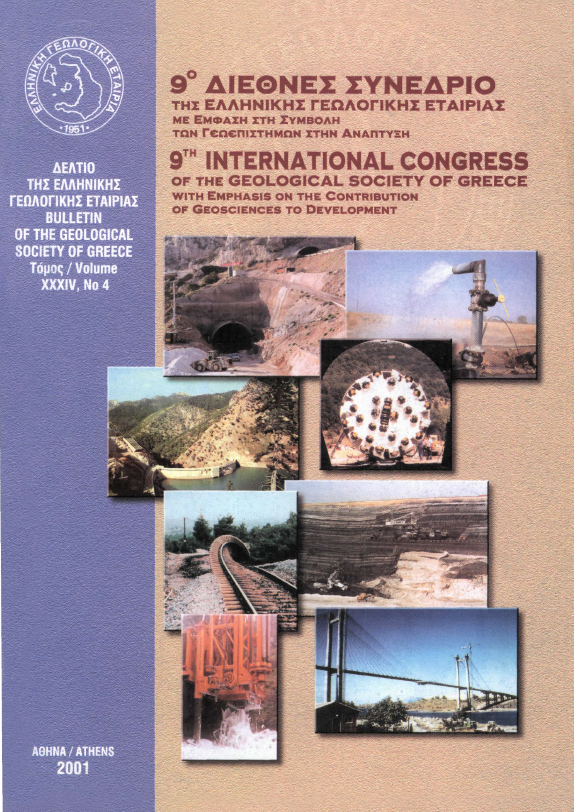The AD 365 earthquake. From legend to modelling
Résumé
A major earthquake shook the entire East Mediterranean region on July 21st AD 365; numerous cities were completely ruined or seriously damaged, while a tsunami that followed destroyed the Nile Delta. This disaster impressed ancient writers for more than 1000 years and it turned to a legend. Despite the fact that the AD 365 earthquake is probably the greatest one that took place in the East Mediterranean region in the historic period, it has not been studied in detail. The main reason is that the historical data are poor, ambiguous and contradictory, and do not permit any secure seismological conclusions. Yet, many workers have concluded that this earthquake was associated with a fault along the Hellenic Arc, SW of Crete, in agreement with geomorphological, biological and radiometric data indicating that the western part of the island was uplifted by up to 9m by an earthquake in the 4th century AD. New archaeological data permit to shed more light to this earthquake and to identify its meizoseismal area, extending from western Cyprus to the Libyan coasts. Furthermore, an elastic dislocation analysis of the earthquake uplift, deduced from coastal data, permits to conclude that the causative fault was an east-west striking inverse fault at least 100km long, southwest of Crete, associated with an earthquake of magnitude of the order of M=8.5-8.7.
Article Details
- Comment citer
-
ΔΡΑΚΟΣ Α. Γ., & ΣΤΕΙΡΟΣ Σ. Κ. (2001). The AD 365 earthquake. From legend to modelling. Bulletin of the Geological Society of Greece, 34(4), 1417–1424. https://doi.org/10.12681/bgsg.17235
- Rubrique
- Seismology

Ce travail est disponible sous licence Creative Commons Attribution - Pas d’Utilisation Commerciale 4.0 International.
Authors who publish with this journal agree to the following terms:
Authors retain copyright and grant the journal right of first publication with the work simultaneously licensed under a Creative Commons Attribution Non-Commercial License that allows others to share the work with an acknowledgement of the work's authorship and initial publication in this journal.
Authors are able to enter into separate, additional contractual arrangements for the non-exclusive distribution of the journal's published version of the work (e.g. post it to an institutional repository or publish it in a book), with an acknowledgement of its initial publication in this journal. Authors are permitted and encouraged to post their work online (preferably in institutional repositories or on their website) prior to and during the submission process, as it can lead to productive exchanges, as well as earlier and greater citation of published work.



